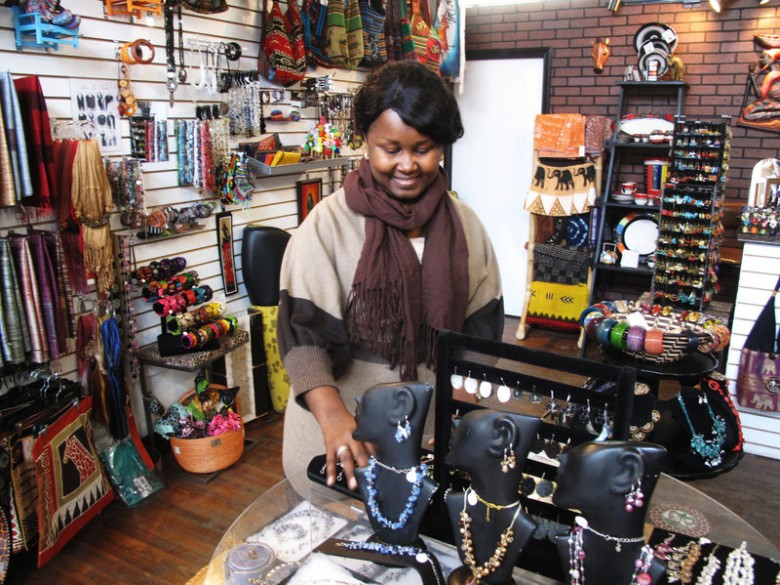Buffalo was built by refugees, Some were fleeing persecution, some were fleeing famine, all came looking for a better life. And they found it in Buffalo.
Those refugees built the Erie Canal, started businesses, invented new-fangled contraptions and helped make Buffalo the eighth largest city in the nation, with more millionaires per capita than anywhere else. That was in the early 1900s, and those refugees were from Poland, Ireland, Germany, Italy.
Fast forward more than a century. The refugees who will help build Buffalo's future, firmly built upon its industrious immigrant past, are arriving in sufficient numbers to turn the city's population stats from negative to positive and draw the attention of National Public Radio.
"Roughly 10,000 refugees have resettled in the Buffalo area since 2003, with the biggest contingents coming from Myanmar, Somalia and Bhutan. That's a huge influx in a medium-sized city." Resettled Refugees Help To 'Bring Buffalo Back' aired on December 2, 2015. "There's been a vigorous debate in this country about refugee resettlement, much of it focused on whether Syrian refugees pose a security threat. There's been less talk about what happens when refugees put down roots in their new country, in places like Buffalo's west side."
The article provides an excellent "Where Buffalo's Refugees Come From" graph and puts faces on the influx of refugees. And it does not skirt the challenges that this community presents, especially in the areas of education and health care. But these are exact same challenges that the influx of Poles, Irish, Italians and Germans posed when they arrived seeking a better life, and they were excoriated for it. Ultimately they found that better life in Buffalo, and Buffalo is the better for it.
These new immigrants are just as industrious, they will adapt and engage in the community at the same pace, and they will contribute as much to Buffalo's future as our great-grandparents contributed to our past. They will also present some challenges along the way. Welcome them to our (now) growing city.

